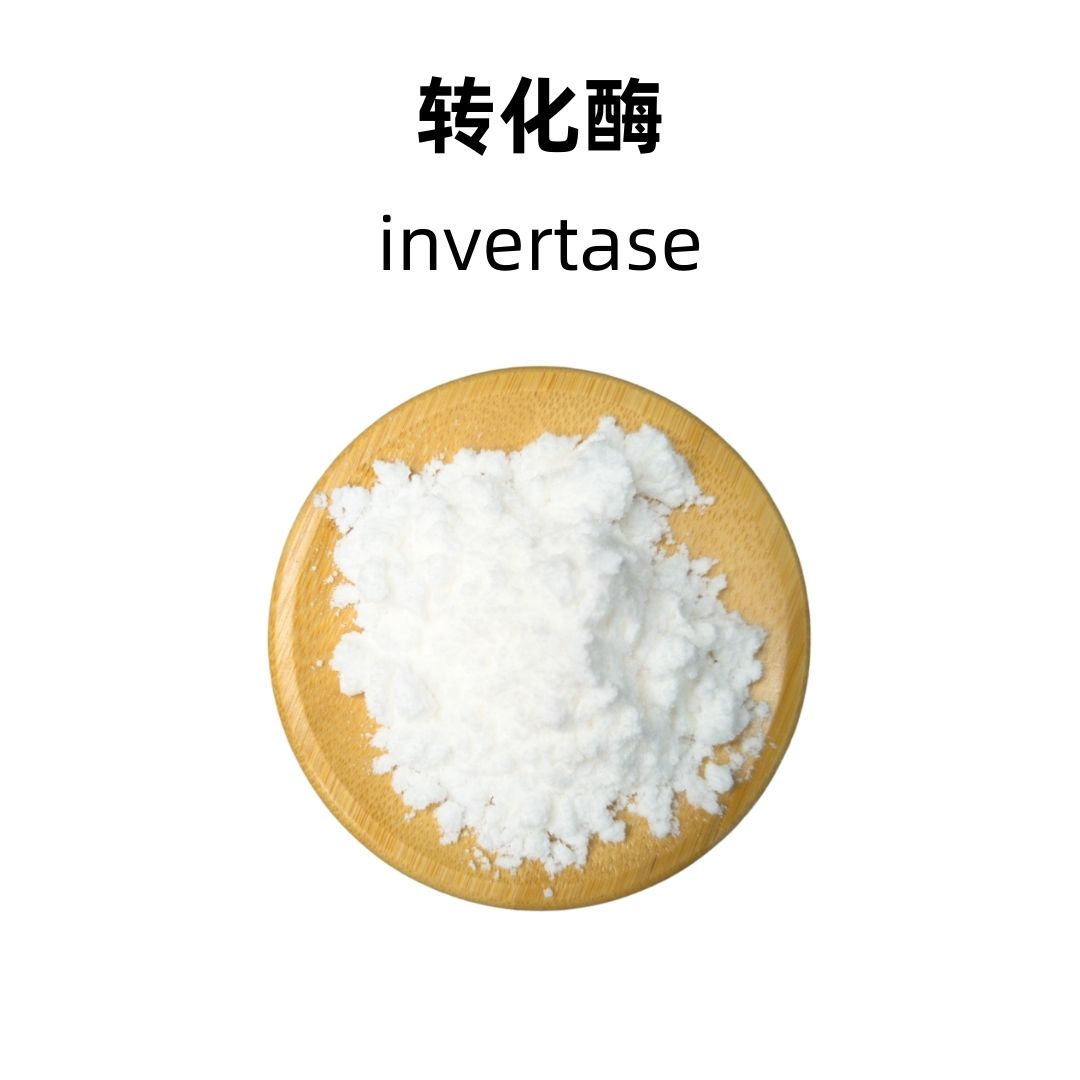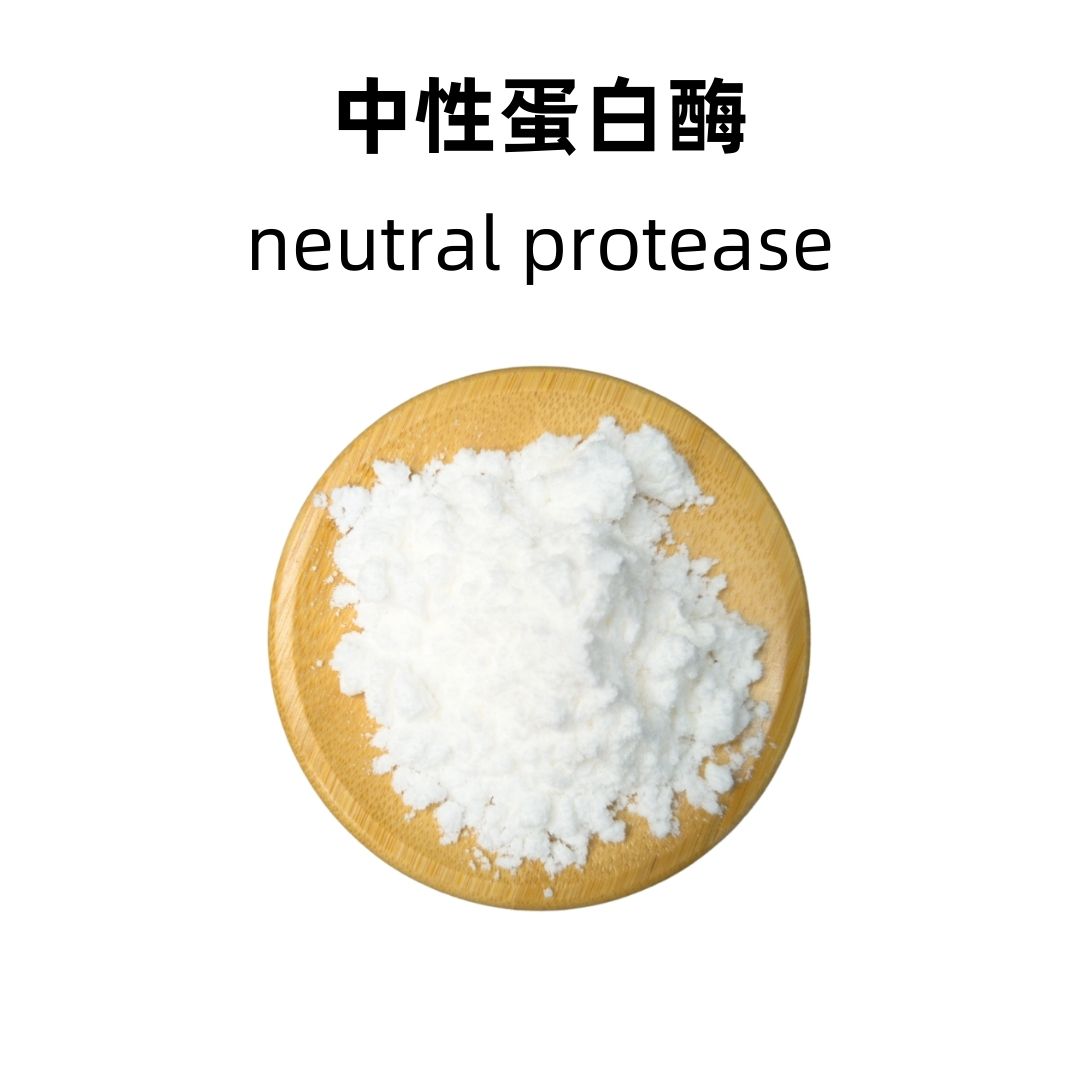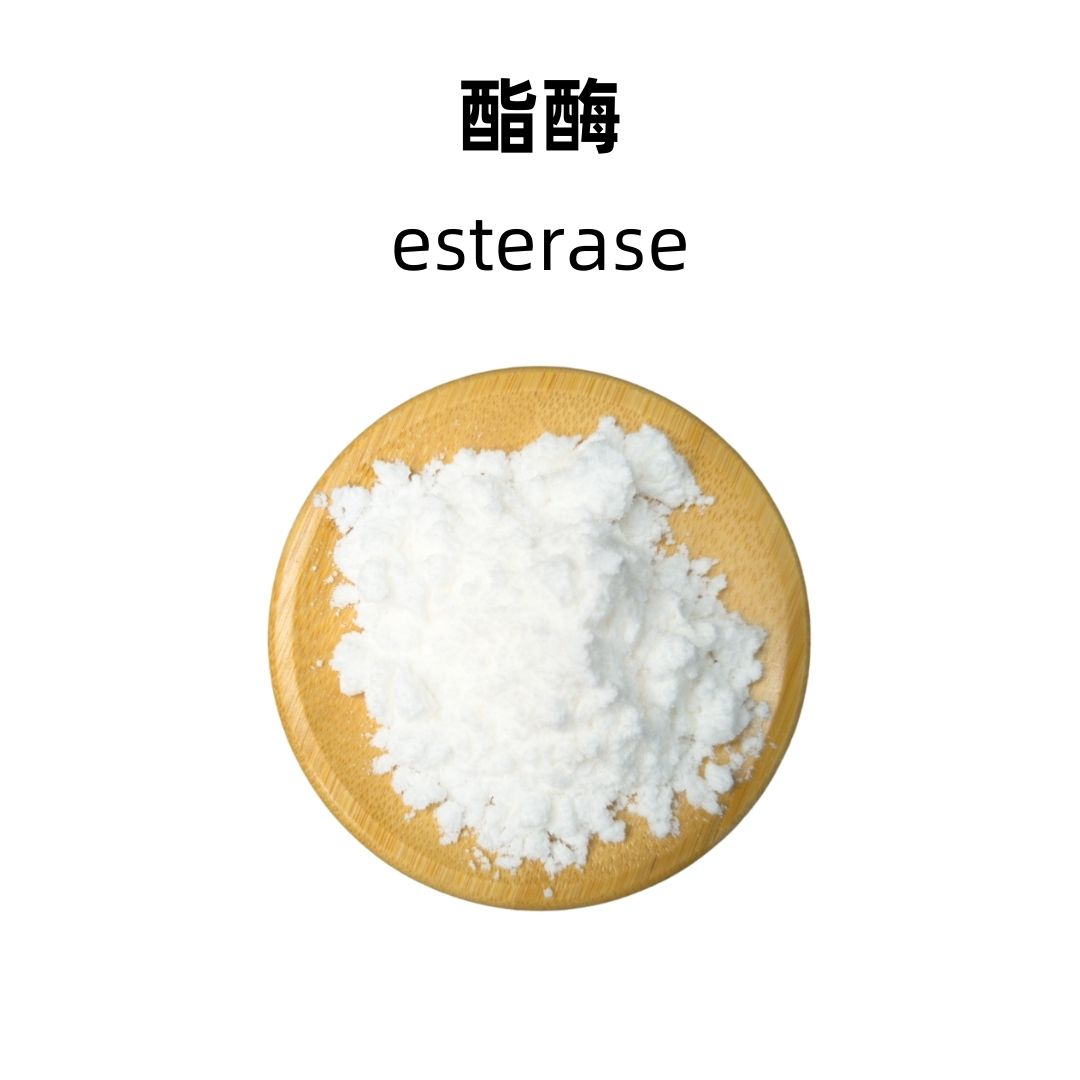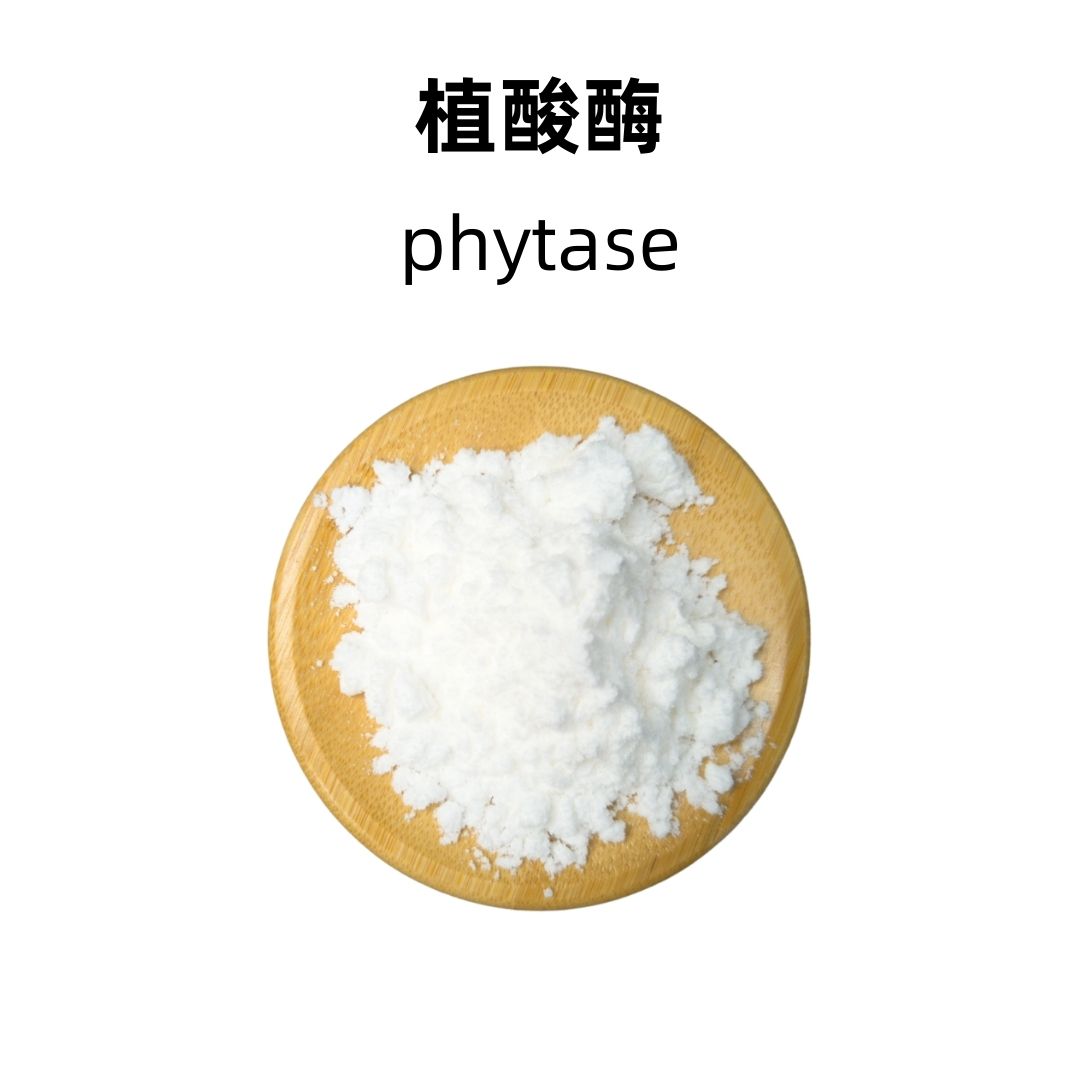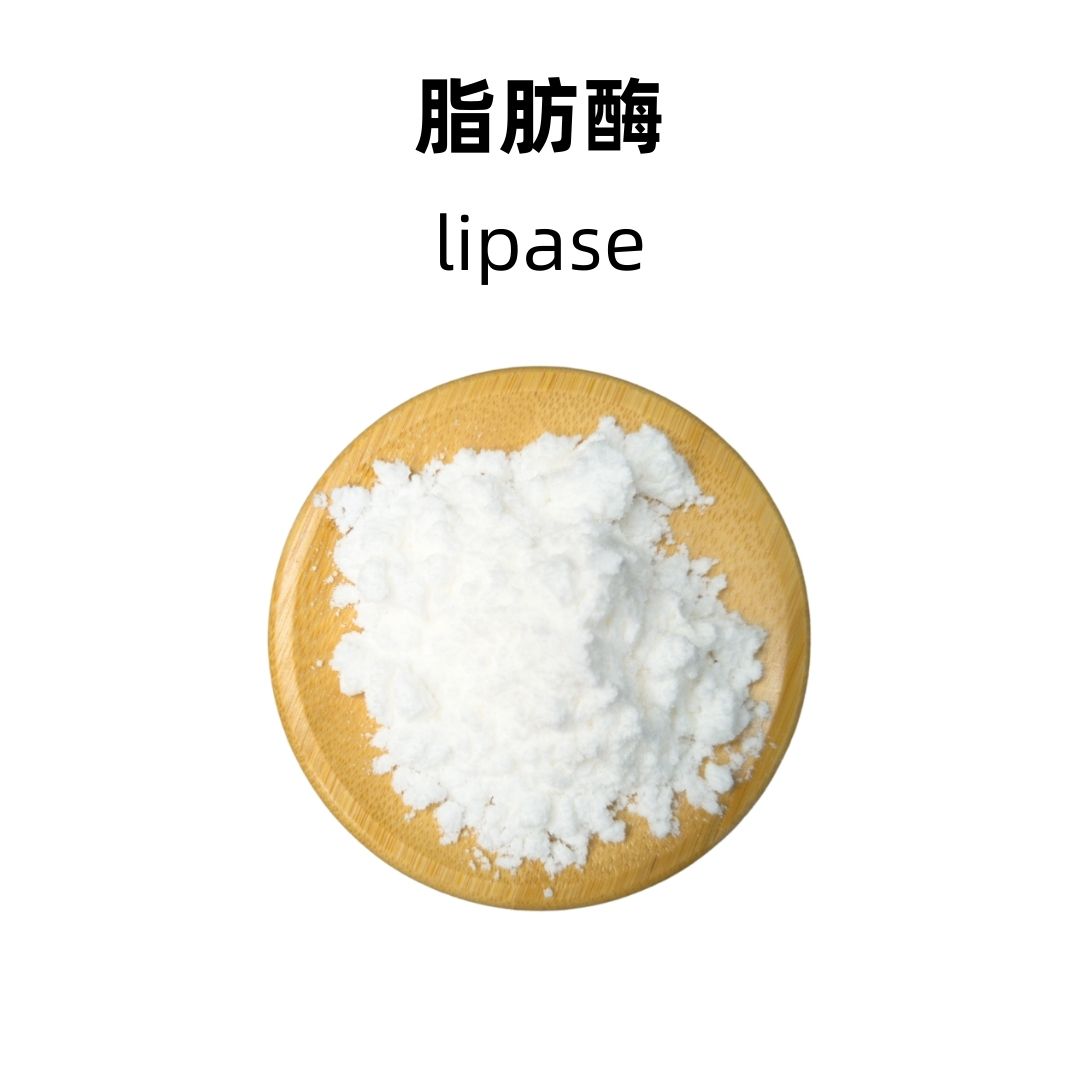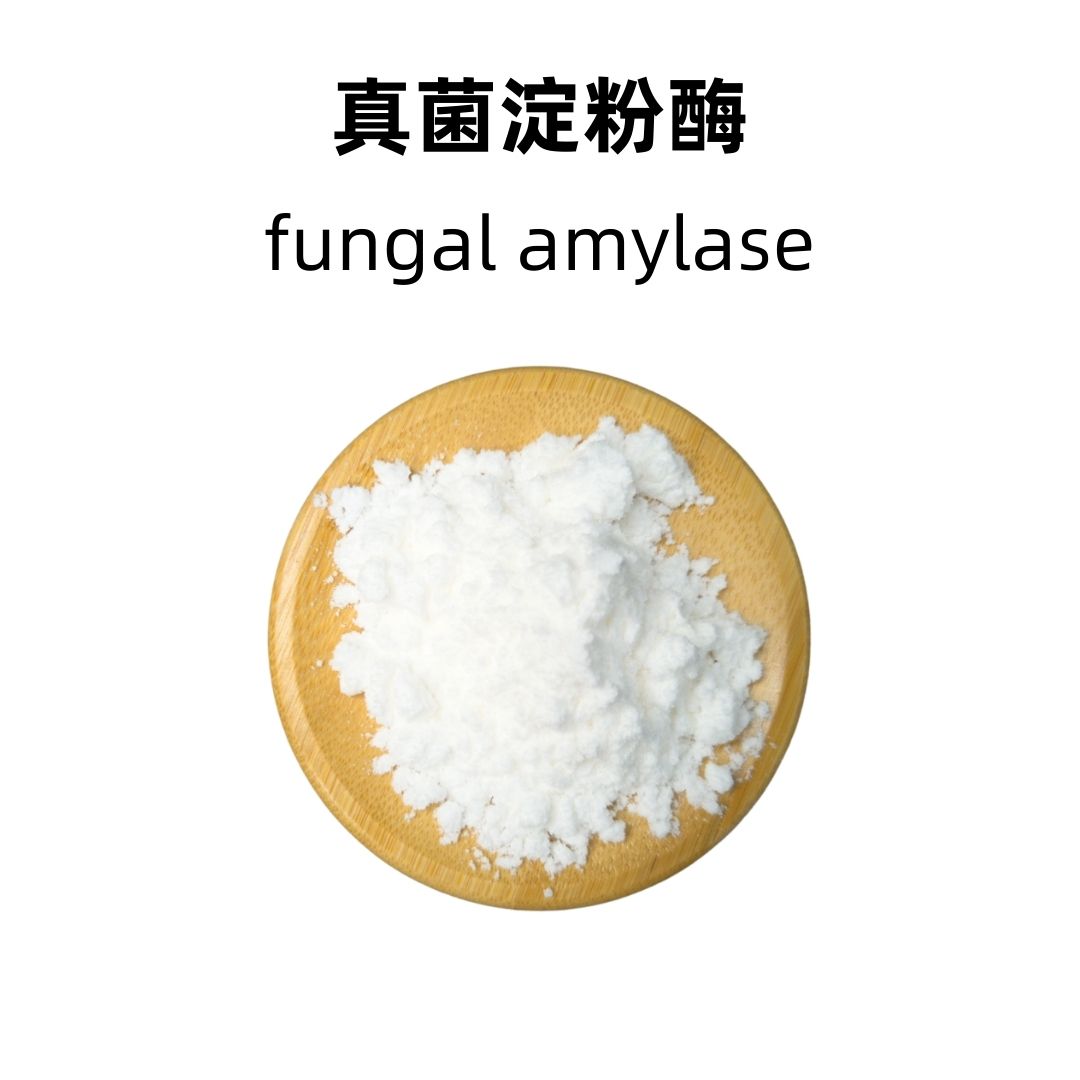Product Introduction:
Catalase is an important enzyme found in nearly all living organisms. It protects cells from oxidative damage caused by hydrogen peroxide, which is a byproduct of various metabolic processes.
Production Process:
Catalase is produced through microbial fermentation or extraction from sources like bovine liver. The process begins with culturing specific microorganisms that naturally produce the enzyme, followed by purification steps to ensure high activity and purity. Continuous monitoring of conditions during fermentation is necessary for optimal yield.
Effects and Functions:
Catalase plays a crucial role in cellular defense by breaking down hydrogen peroxide, a reactive oxygen species, into harmless components. This action helps prevent oxidative stress, which can lead to cellular damage and various diseases. Additionally, catalase supports standard metabolic processes and contributes to the overall antioxidant capacity of organisms.
Application Scenarios
In biotechnology, catalase is used in the production of biofuels and the treatment of wastewater, where it aids in the removal of hydrogen peroxide. In food processing, it helps maintain quality by reducing peroxide levels in products. It also finds applications in pharmaceuticals for drug formulation and therapeutic uses.
Packaging and Storage:
Storage Conditions
The product should be sealed, protected from light, kept away from high temperatures, and stored in a dry, cool, and well-ventilated place.
Packaging
Bulk: 25 kg per fiber drum. Sample: 1 kg per aluminum foil bag. Custom packaging is available upon request.
Shipping Methods
Possible shipping methods include FedEx, DHL, dedicated logistics, and sea freight consolidation.
Shelf Life
The shelf life of catalase is two years, ensuring stability and effectiveness when stored correctly.
Monica Sun possesses extensive technical expertise and market insights in the food additives industry. She excels in designing efficient and safe additive formulations tailored to various food applications, ranging from sweeteners to functional dietary fibers. Monica has successfully assisted food manufacturers in optimizing ingredient combinations to enhance product quality and improve consumer satisfaction.









